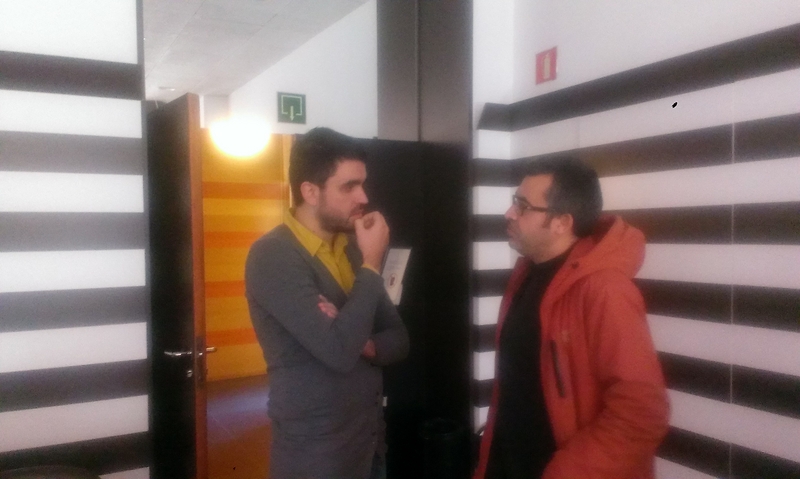 Speaker: Dr. Carlos Pérez García-Pando, NASA Goddard Institute and Applied Math at Columbia University, USA
Speaker: Dr. Carlos Pérez García-Pando, NASA Goddard Institute and Applied Math at Columbia University, USA
Abstract: Improved estimates of dust aerosol effects upon climate require the characterization of dust mineral and chemical composition. Regional variations in soil mineral composition lead to variations in dust aerosol composition. Yet, deriving aerosol mineral content also requires knowledge of the parent soil size distribution along with the fragmentation of soil particles and aggregates during the emission process. These processes modify the size distribution and mineral abundance of the emitted aerosols compared to the parent soil. An additional challenge for modeling is that global atlases of soil texture and composition are based on wet sieving, a technique that breaks the aggregates, particularly phyllosilicates, that are encountered in natural soils, drastically altering the original size distribution of the soil that is subject to wind erosion. My talk will present both a semi-empirical and a theoretical method to constrain the size-resolved mineral composition of emitted dust aerosols based on global atlases of soil texture and composition. The semi-empirical method re-aggregates clay phyllosilicate minerals into larger soil particle sizes and constrains the size distribution of each emitted mineral based on observed mineral distributions at the source. The theoretical method extends Kok’s brittle fragmentation theory to individual minerals. To this end we reconstruct the undisturbed size distribution for each mineral as a function of soil texture and soil type and calculate the emitted size distribution applying brittle fragmentation and assuming homogeneous fragmentation properties among the mineral aggregates. These approaches were tested within the NASA GISS Earth System ModelE. We discuss the improvements achieved and suggest future developments. These developments will be soon integrated into the NMMB/BSC model.
Short Bio: Dr. Carlos Pérez García-Pando is an Associate Research Scientist at the NASA Goddard Institute for Space Studies and the Department of Applied Physics and Applied Math at Columbia University, New York. He previously worked at the International Research Institute for Climate and Society in New York and he was a Group Manager at the Earth Sciences Department of the Barcelona Supercomputing Center between 2006 and 2009. His research is mainly related to the understanding of aerosol processes and interactions within the Earth System. He contributes to the development of climate and atmospheric aerosol models, and he is involved in multidisciplinary research involving climate and health.
